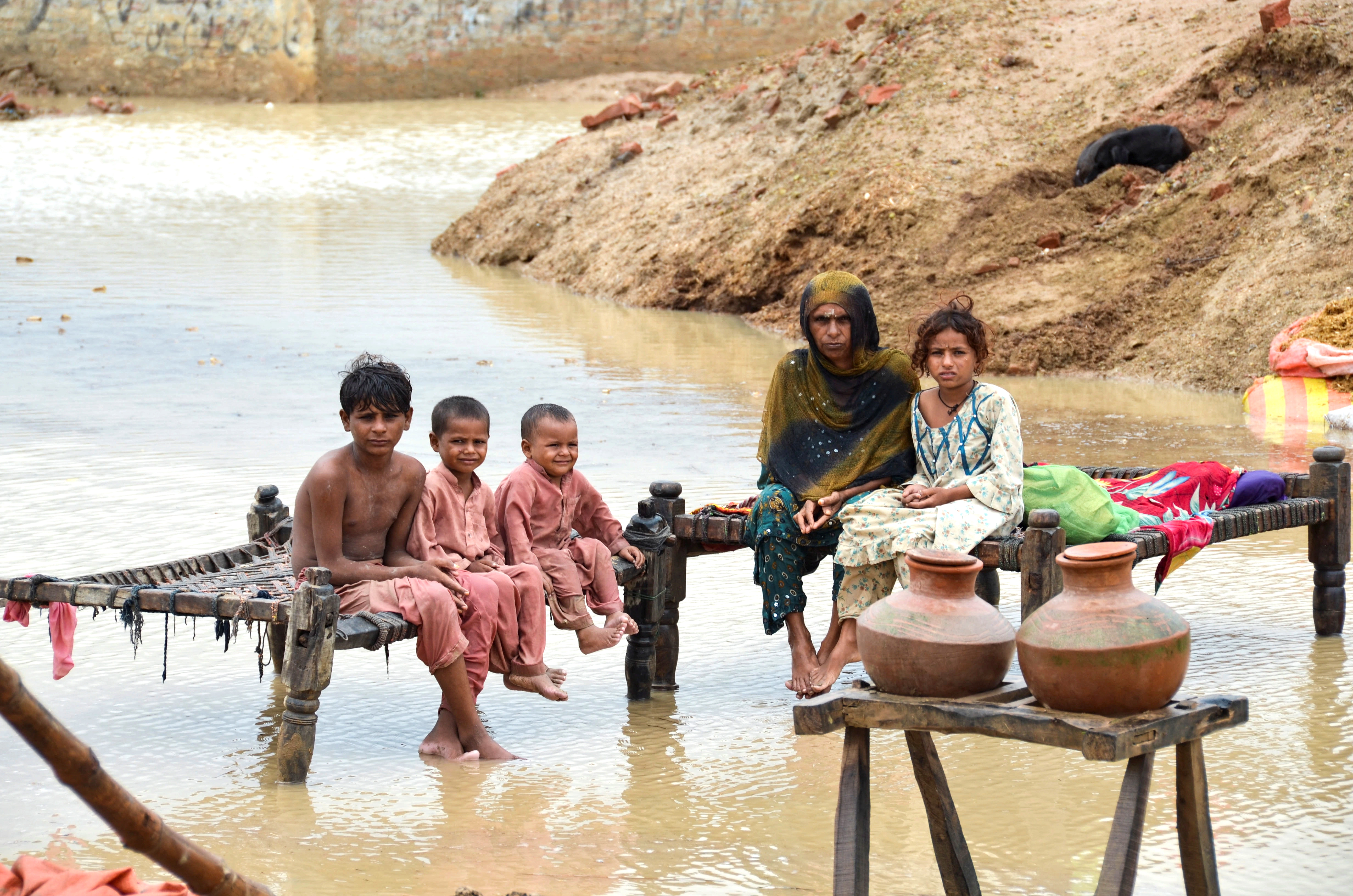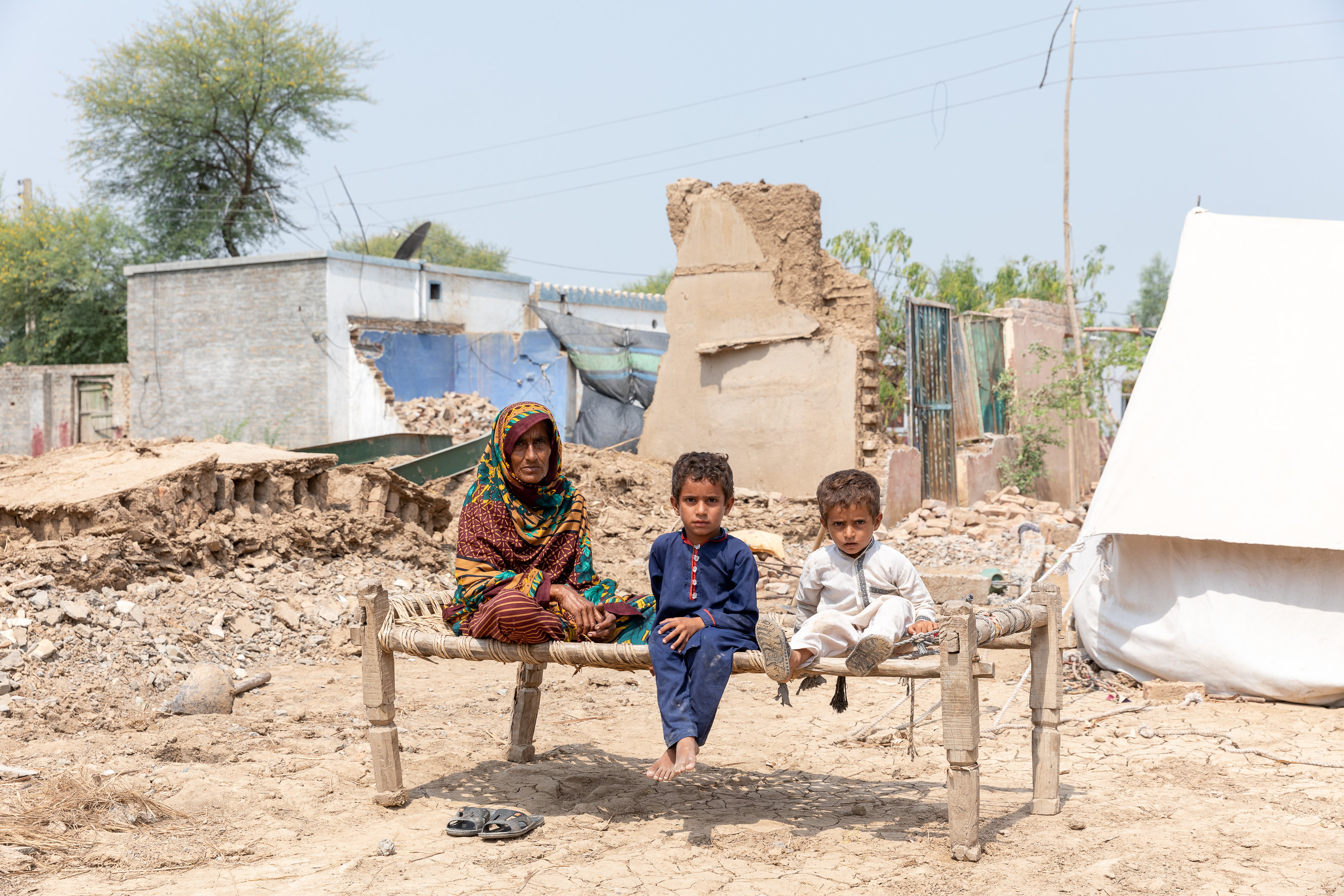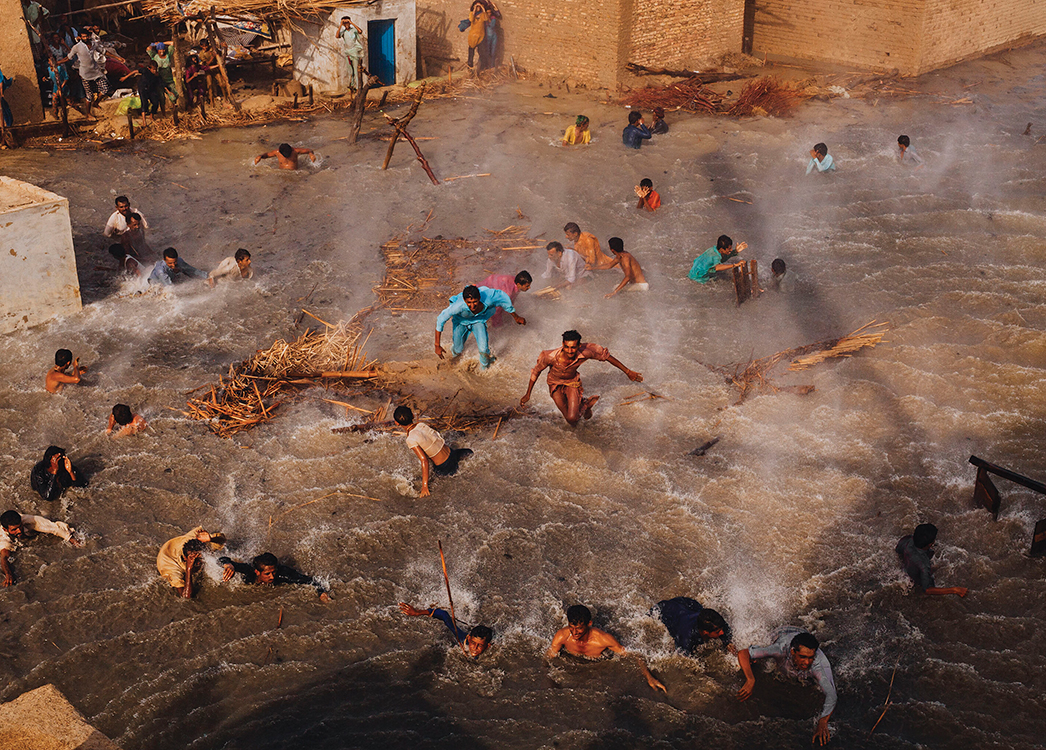Blog by Shiraz Ali Shah, Recovery Specialist, UNDP Pakistan and Khusrav Sharifov, Advisor, Recovery Programme, UNDP Pakistan
2022 Floods: Gender-Responsive and Risk-informed Flood Recovery
January 27, 2023

The 2022 floods were Pakistan worst disaster in decades, leaving one third of the country under water.
The damages and losses from the 2022 floods have been quantified at more than Rs. 6.4 trillion (US$ 30 billion). This can be put into perspective by the fact that the entire Public Sector Development Program (PSDP) for 2021-2022 was valued at Rs. 900 billion. This means that the floods wiped out development gains worth more than six PSDPs in one go. These also disproportionately affect the vulnerable segments of society, especially women, girls, the elderly and persons with disabilities.
The debilitating impact of the floods on women can be better explained through the example of Sakina Bibi who is a resident of Kacchi district of Balochistan. Her husband works on his small farm and supplements his income by working as a laborer in a godown in town. The floods washed away their home and destroyed the standing crops on their farm. Her husband lost his job in the godown as the business was shut down due to flood damage to the inventories.
Already pregnant and malnourished, Sakina Bibi lost what little support she could get in the form of supplemental nutrition from her local Rural Health Center, as it was destroyed by the floods.
Her daughters used to study in the government-run primary school, which was among the 17,205 flood-impacted educational institutions across Pakistan. The school is yet to be rehabilitated, leaving her children without access to education for the last 5 months. She used to get an allowance under the government-managed social safety net program, but is now unsure whether it will be continued after the floods. Some NGOs visited her village after the floods and have provided transitional shelters in the form of tents coupled with food assistance and medicines, but those have run out and she doesn’t know when she will get further support to rebuild her life.

The 2022 floods impacted disproportionately women leading to violence, displacement and loss of livelihoods.
The above example is representative of what millions of women like Sakina Bibi are going through in the flood affected areas of Sindh and Balochistan. It also highlights the vulnerability of the state as well as the poor to the impacts of disasters and climate change. It calls for a rethink of the development planning process if it is to be ensured that the existing productive, social and service delivery infrastructure is resilient to such shocks in the future.
The repeated losses from various disasters have highlighted the need for tackling development from a different perspective.
Firstly, there is a need to ensure that all development is resilient and is made disaster and climate proof. Achieving this objective is possible and does not cost significant time or resources. It can be achieved through getting a better idea of the hazard profile of the area for multiple hazards and planning accordingly.
Secondly, while planning development projects – be they large or small – there is a need to ensure that the infrastructure does not contribute to increasing the risk in that particular area. This can be achieved through mainstreaming disaster and climate resilience in the development planning processes at all levels, starting from the districts all the way up to the national level.

33 Million people were impacted by the Pakistan floods.
UNDP Pakistan launched its 2022 Flood Recovery Programme with the objective to transition from relief, and expedite resilient and sustainable recovery in the flood affected areas in an integrated manner. This programme is based on four major pillars designed to restore housing and community infrastructure, livelihoods, and government services, while also building disaster resilience and ensuring environmental protection. Each pillar aims to kickstart the recovery process by meeting the most critical recovery needs, and lay the foundation for longer-term resilient and inclusive development, focusing on the most vulnerable segments of the population that have been impacted by the floods.
There are many possibilities in Pakistan where, for climate and natural hazard sensitive assets and ecosystems, damages and losses can be avoided or at least greatly delayed through reductions in risk drivers that increase their vulnerability to climate change.
Human action in adaptation and building disaster resilience is equally critical if not more important. Recognizing that humans depend on goods and services provided by climate-sensitive ecosystems, there are a range of adaptation options that can be deployed to avoid loss and damages, most often through a combination of technologies, changes in livelihoods and improvements in social and economic opportunities.
These include practices that reduce dependence on climate sensitive resources or enhance people’s freedoms to adapt, such as social protection and income guarantees in times of crises, industrial restructuring programs, improvements in infrastructure, and introduction of a range of disaster risk financing options. They also include technologies that reduce sensitivity to climate risk, such as coastal and river defenses, irrigation, and improved designs for infrastructure.
**
Read the full piece in the Development Advocate Pakistan, (Vol.9), ‘Gender Equality in Pakistan: Climatic & Politico-Economic Stressors’.

 Locations
Locations

